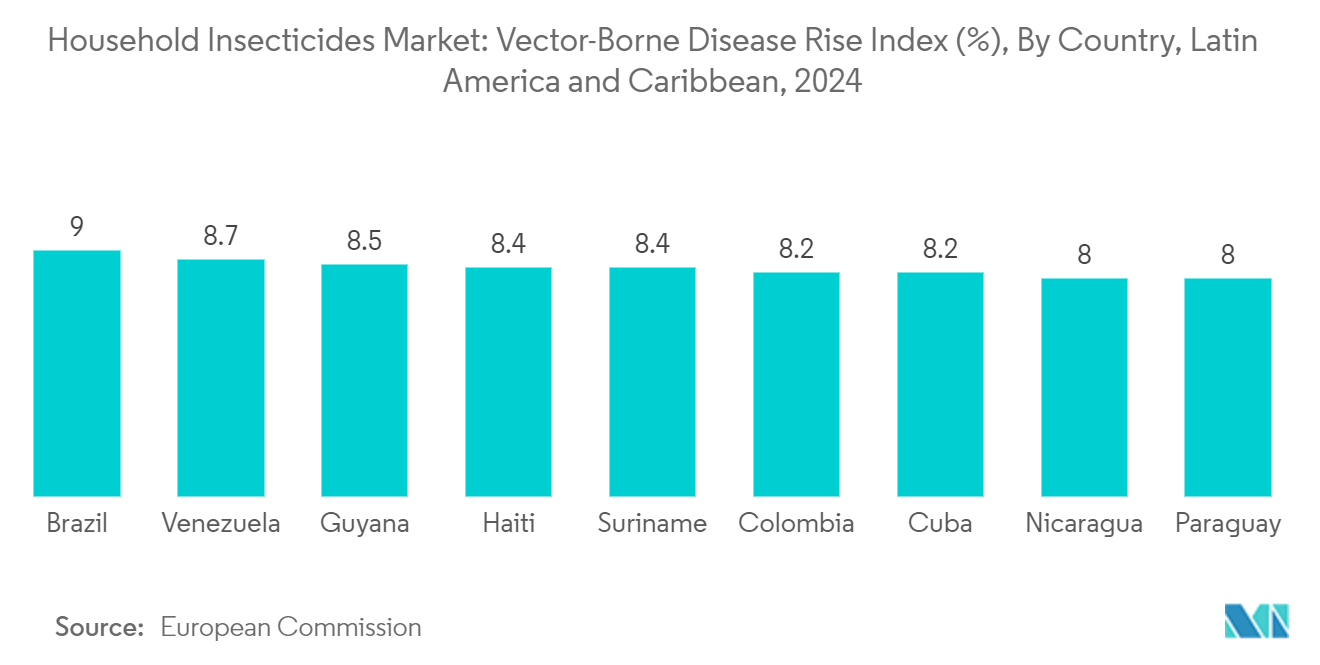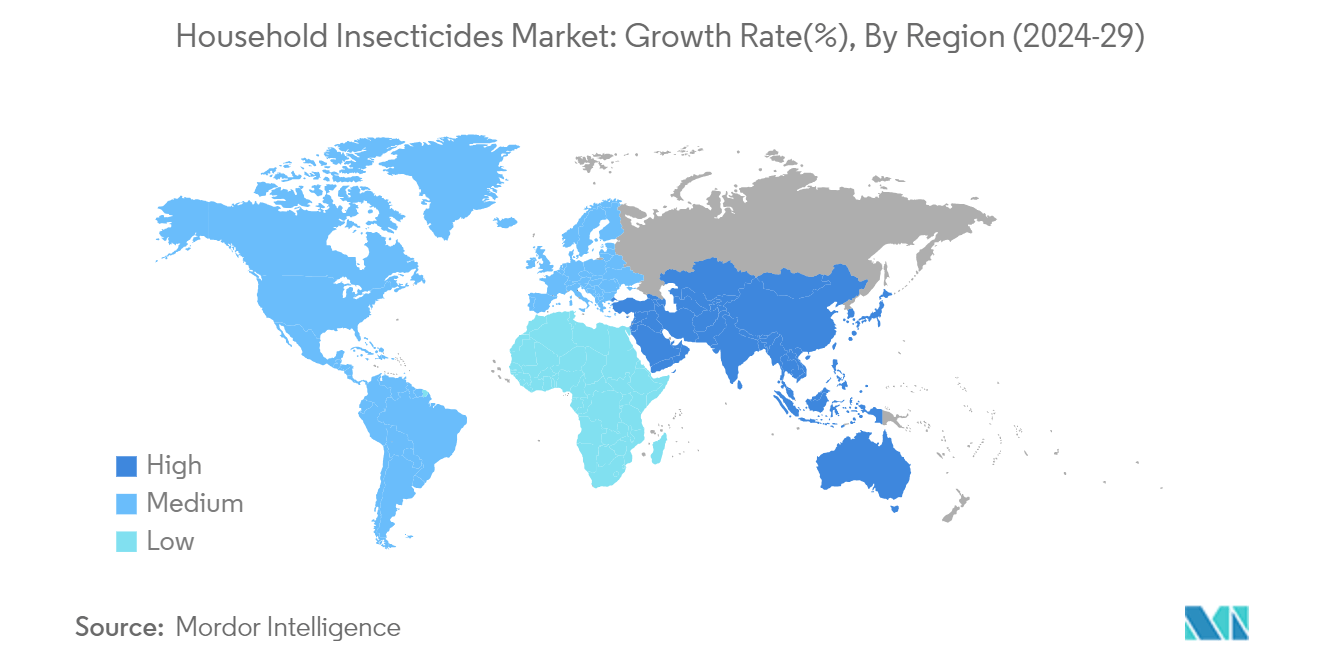Market Trends of Household Insecticides Industry
Rising Prevalence of Insect-borne Diseases
The household insecticides market is experiencing significant growth due to the increasing prevalence of insect-borne diseases. This trend is influenced by a combination of environmental, social, and economic factors, leading to a higher demand for household insecticide products.
Global climate change and expanded international travel have extended the reach of disease-carrying insects, exposing new populations to diseases such as malaria, dengue fever, Zika virus, and Lyme disease. For instance, in 2022, 1,133 cases and 92 deaths from West Nile virus infection were reported in the EU/EEA, with 1,112 cases acquired locally in 11 countries. According to the World Health Organization (WHO), there are over 700,000 deaths annually from diseases such as malaria, dengue, and others. This expansion of insect-borne diseases has increased the potential market for household insecticides.
Public awareness of these health risks has grown substantially due to extensive media coverage of disease outbreaks and public health campaigns. This increased awareness has increased consumer demand for protective measures, with household insecticides being a primary solution. The perceived threat of insect-borne diseases has made these products a staple in many households, shifting them from occasional purchases to regular necessities.
Climate change is a primary factor in the increased prevalence of insect-borne diseases. As global temperatures rise, the geographic range of many insect vectors expands. For instance, the Asian tiger mosquito, a vector for dengue and Zika virus, has spread to new parts of Europe and the Americas due to warming temperatures. Therefore, the rising prevalence of insect-borne diseases is a complex issue anticipated to drive the household insecticides market.

Asia-Pacific Dominates the Market
Asia-Pacific is going through rapid urbanization and an increasing population, leading to a higher demand for household insecticides. With more people living close by, the risk of insect infestations and disease transmission rises. Additionally, the growing disposable incomes, population growth, and urbanization have resulted in increased spending on household products, including insecticides.
Vector-borne diseases such as dengue fever are a major concern in the region. Dengue fever is a viral disease transmitted by mosquitoes and has become a significant public health concern in many countries in this region. The increasing incidence of dengue and other vector-borne diseases has raised awareness about the importance of keeping households insect-free, driving the demand for household insecticides in the region. For instance, dengue cases in Thailand experienced a more than 300% increase, with cases rising from 46,678 in 2022 to 136,655 in 2023.
Governments in the region have taken steps to address the issue of vector-borne diseases through schemes such as the National Vector Borne Diseases Control Programme (NVBDCP) in India; malaria, filaria, and kala-azar are under the elimination program. Awareness campaigns have been conducted to educate people about the importance of keeping their homes insect-free, and regulations have been introduced to ensure the safe and effective use of insecticides.


